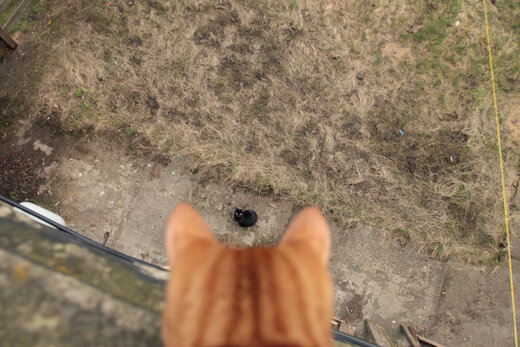
© Di Li/NAOCThe Five-hundred-meter Aperture Spherical radio Telescope (FAST, below) and the Jansky Very Large Array (JVLA, middle) under the night sky.
(FRBs) are intense, brief flashes of radio-frequency emissions, lasting on the order of milliseconds. The phenomenon was discovered in 2007, by graduate student David Narkevic and his supervisor Duncan Lorimer. The source of these highly energetic events is a mystery, but clues as to their nature are being gradually collected.
The new source, Fast radio burst 20190520B, was detected with the Five hundred-meter Aperture Spherical radio Telescope (FAST) in Guizhou, China, on May 20, 2019 and found in data in November that year, a new study reports.
Follow-up observations by the
Jansky Very Large Array (VLA) program led by Caltech found weaker, constant radio emissions associated with the FRB, also allowing the
Subaru telescope in Hawaii to localize the source to be within the fringes of a dwarf
galaxy nearly 3 billion light-years from
Earth.
Notably it is the second discovered repeating FRB to be associated with a persistent radio source (PRS), following the localization of FRB 121102 in 2012.
"The big surprise for me was realizing that the new FRB seems to be such a perfect 'twin' to an earlier discovery," Casey Law, an astronomer at Caltech and a co-author who led the VLA program, told Space.com.
"Perhaps some would have preferred to say that the first such association [between an FRB and radio source] was a coincidence, because it was hard to explain. Now the second example shows that this is a real and critical part of the life of an FRB."













Comment: See also: